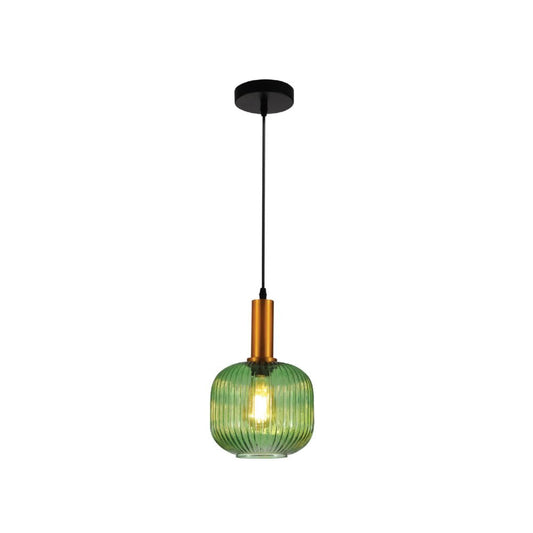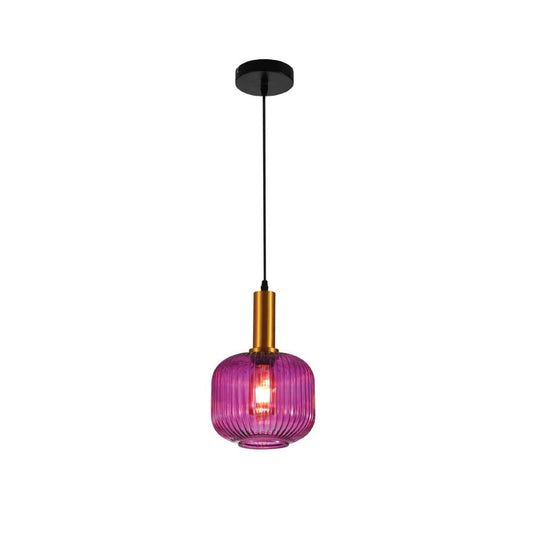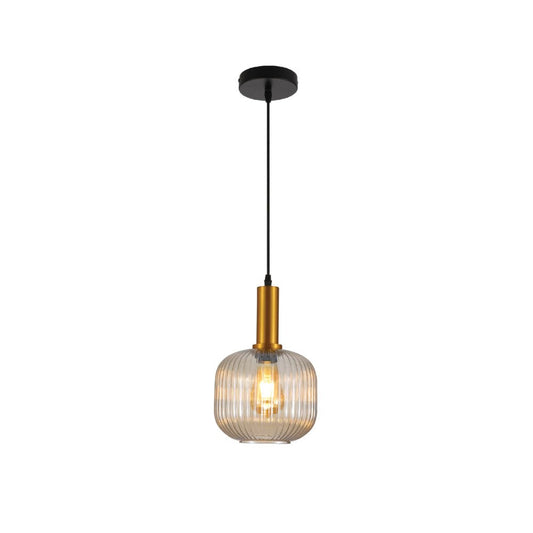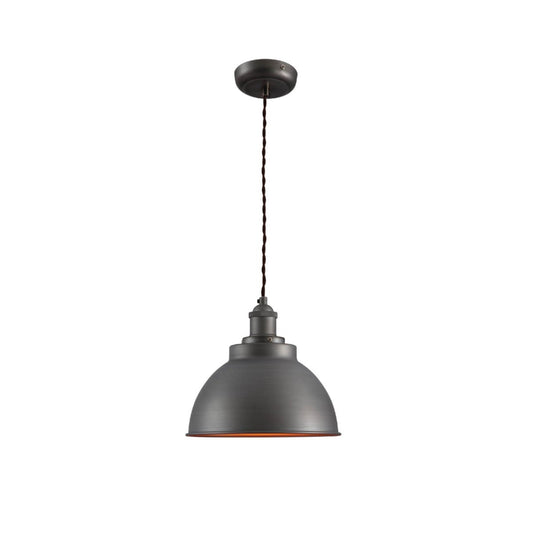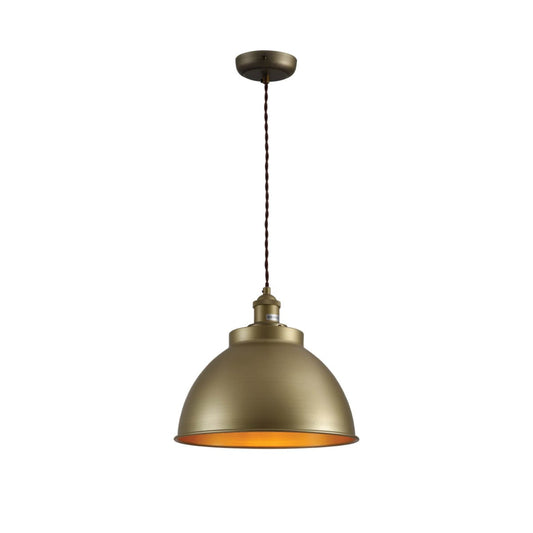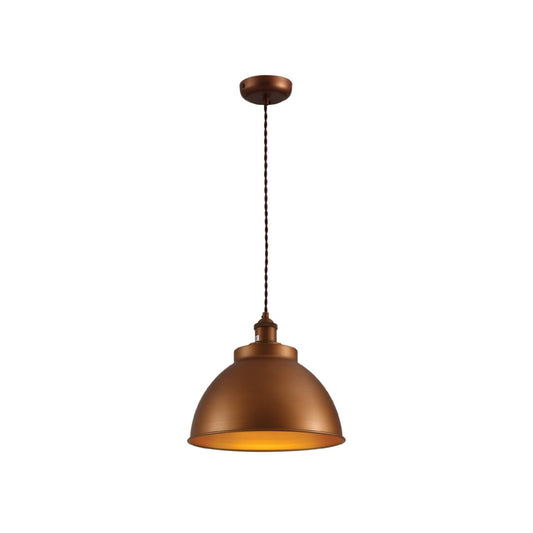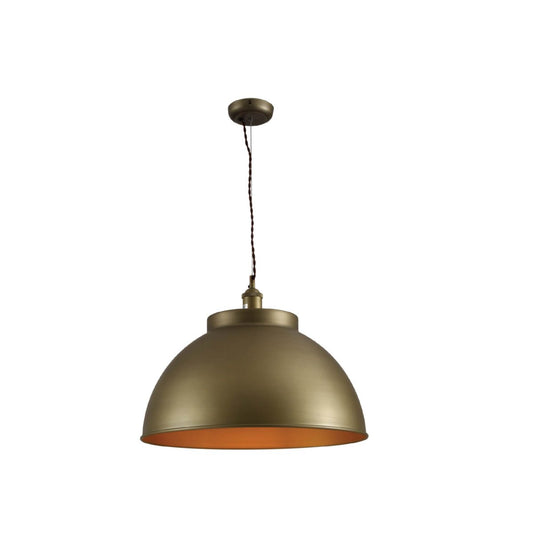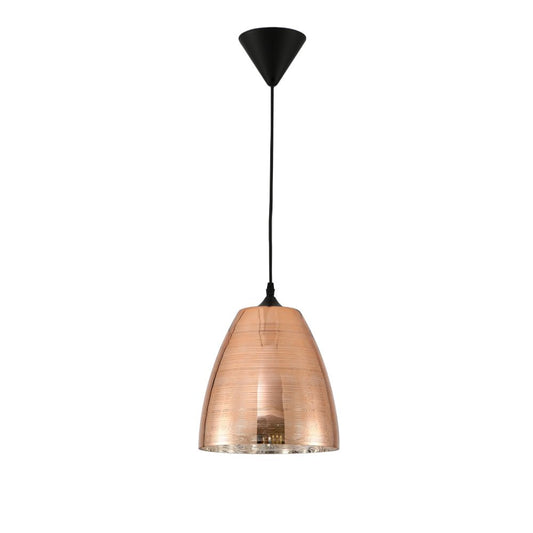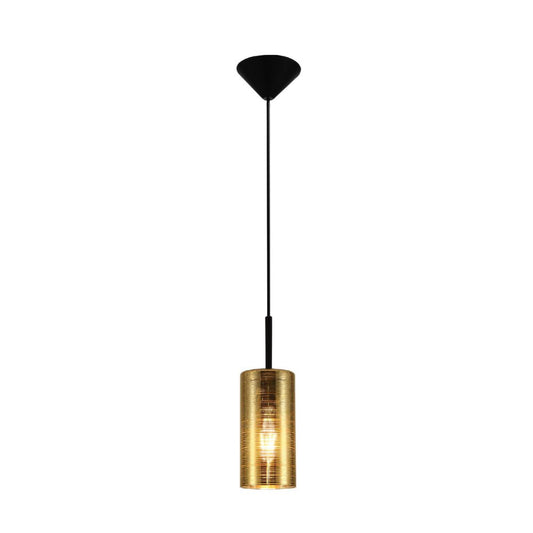-
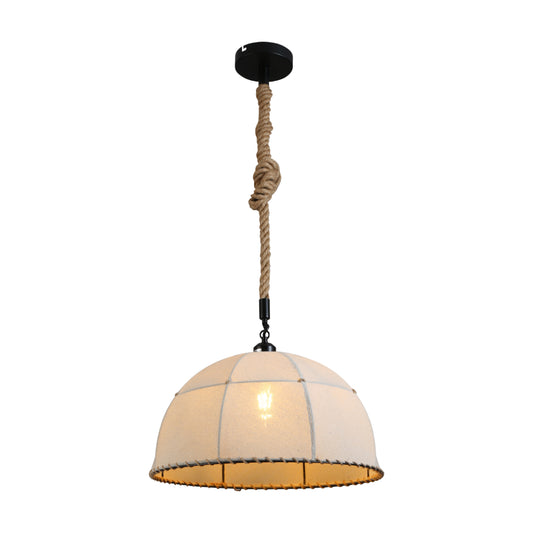
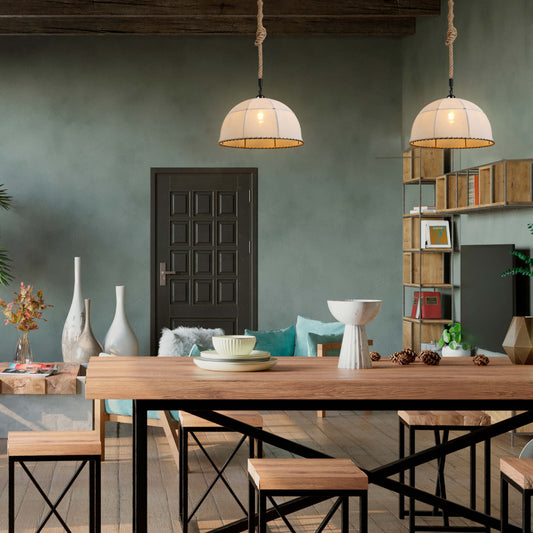 16% off
16% offAmerican Country Antique Hemp Rope Fabric Pendant Light Ecru
Regular price £55.15Sale price £55.15 Regular priceUnit price per£66.00In stock -
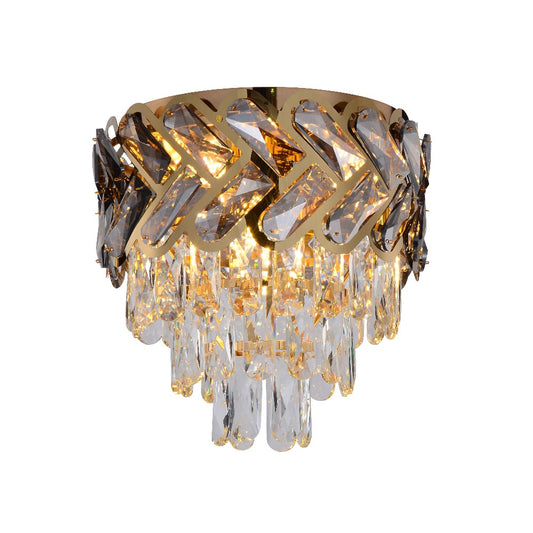
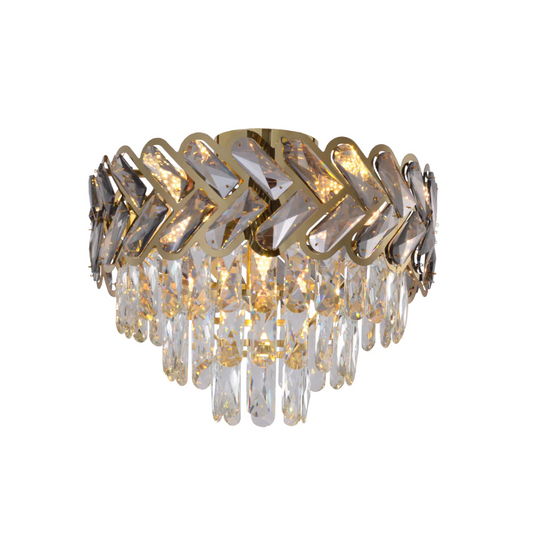 21% off
21% offHerringbone Crystal Chandelier Ceiling Light Gold
Regular price £75.11Sale price £75.11 Regular priceUnit price per£95.00Low stockMore options
5 Sizes -
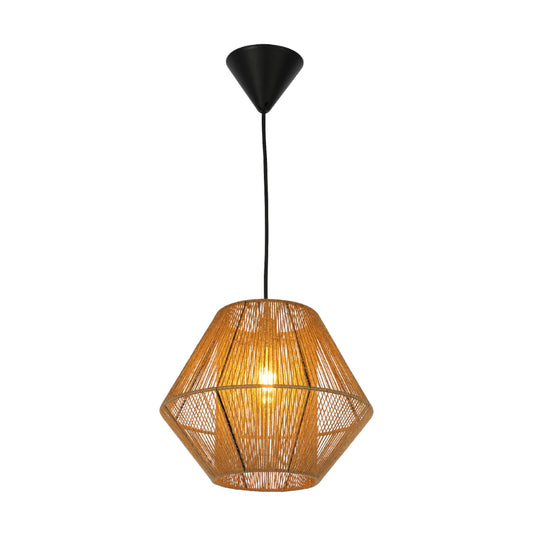
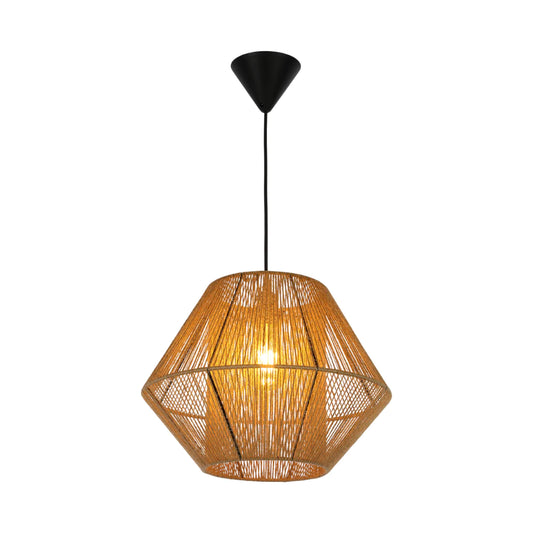 30% off
30% offNatural Jute Light Shade Pendant Ceiling Light
Regular price £34.31Sale price £34.31 Regular priceUnit price per£49.00In stockMore options
2 Sizes -
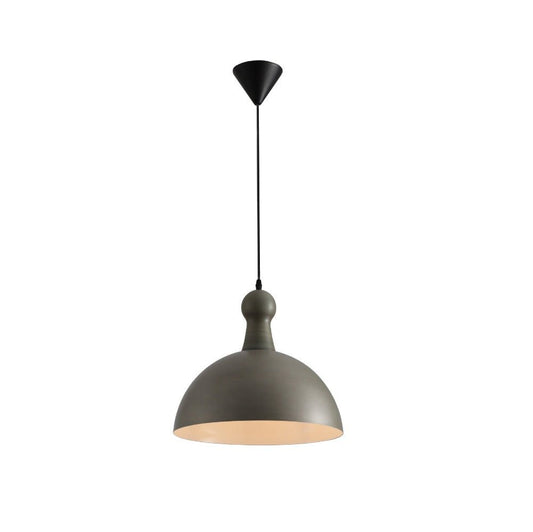
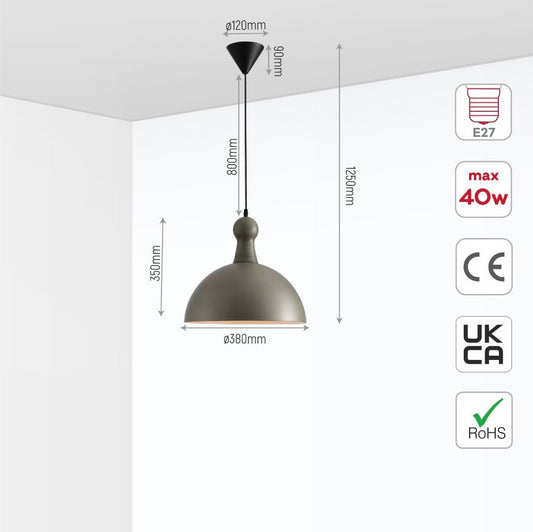 17% off
17% offAntique Grey Brass Dome Metal Pendant Ceiling Light with E27 Fitting D380
Regular price £79.23Sale price £79.23 Regular priceUnit price per£96.00In stock -
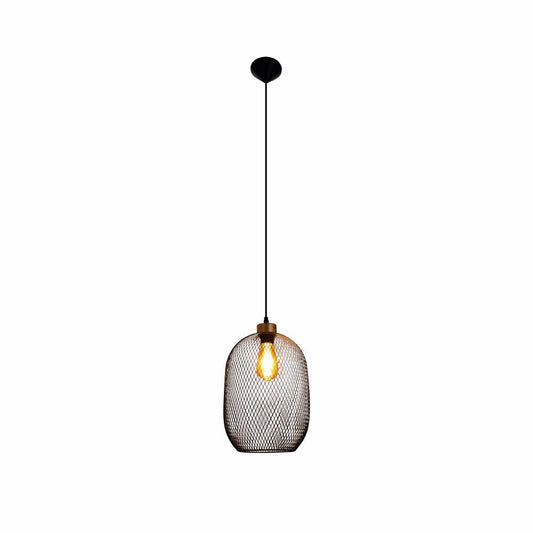
 17% off
17% offMesh Cage Lantern Metal Pendant Ceiling Light E27
Regular price £37.80Sale price £37.80 Regular priceUnit price per£46.00Low stockMore options
2 Colours, 2 Sizes -
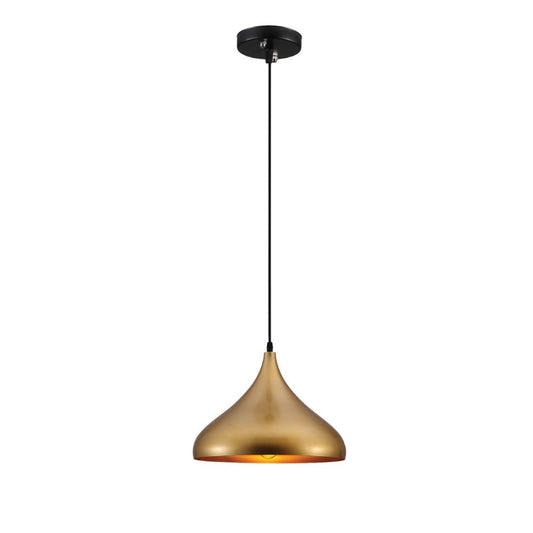
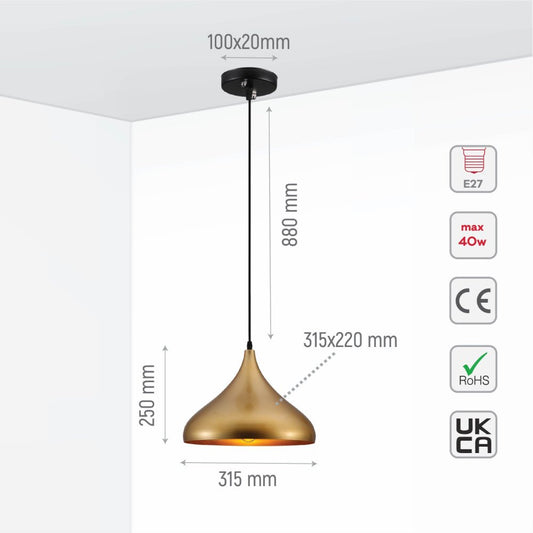 Sold out
Sold outGold Dome Metal Pendant Light E27
Regular price £27.28Sale price £27.28 Regular priceUnit price per£49.00Out of stock -
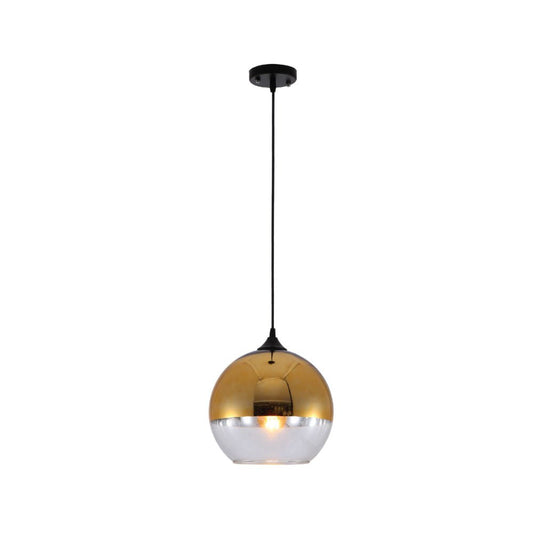
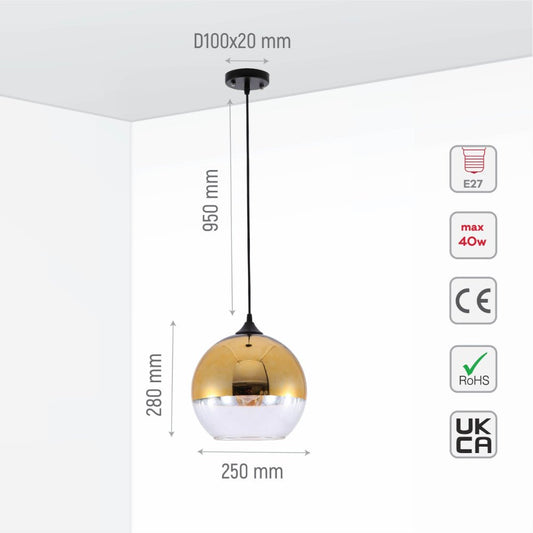 42% off
42% offGold Out Silver In Globe Glass Pendant Ceiling Light E27
Regular price £35.86Sale price £35.86 Regular priceUnit price per£62.00Low stock -
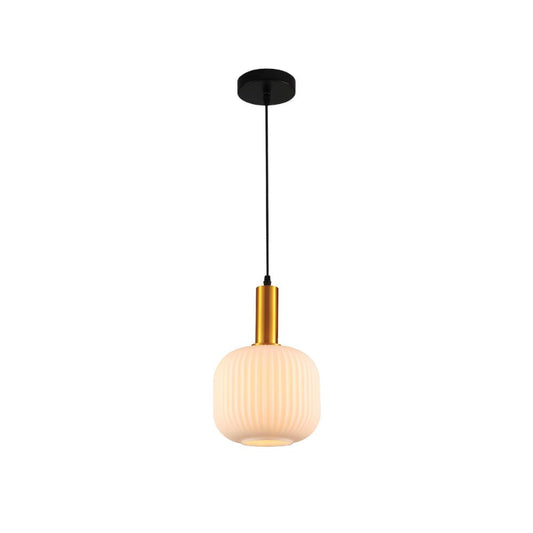
 35% off
35% offSawyer Ribbed Fluted Reeded Maloto Lantern Green Opal Purple Amber Glass Pendant Ceiling Light E27 Gold Metal Top
Regular price £35.93Sale price £35.93 Regular priceUnit price per£55.00Regular price £35.93Sale price £35.93 Regular priceUnit price per£56.00Regular price £35.93Sale price £35.93 Regular priceUnit price per£57.00Regular price £35.93Sale price £35.93 Regular priceUnit price per£56.00In stockOut of stock In stock In stock -
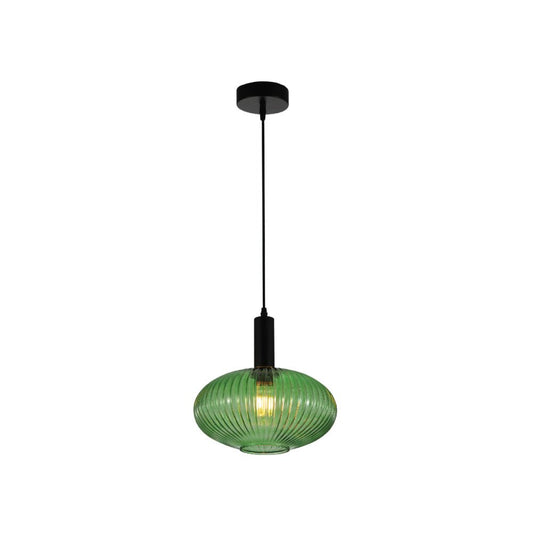
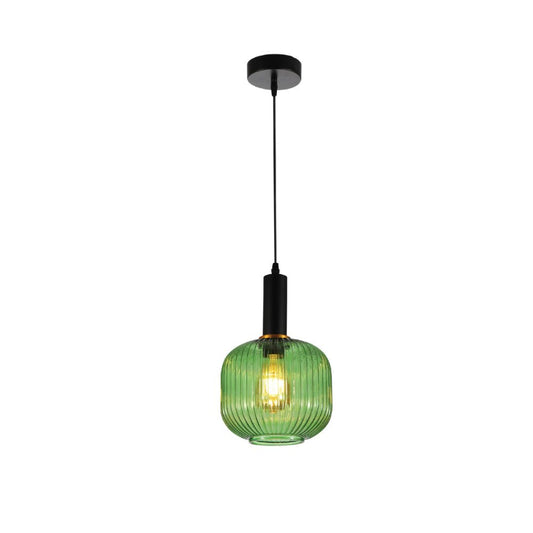 37% off
37% offSawyer Ribbed Fluted Reeded Maloto Lantern Green Glass Pendant Ceiling Light E27 Black Metal Top
Regular price £53.54Sale price £53.54 Regular priceUnit price per£92.00In stockMore options
3 Sizes -
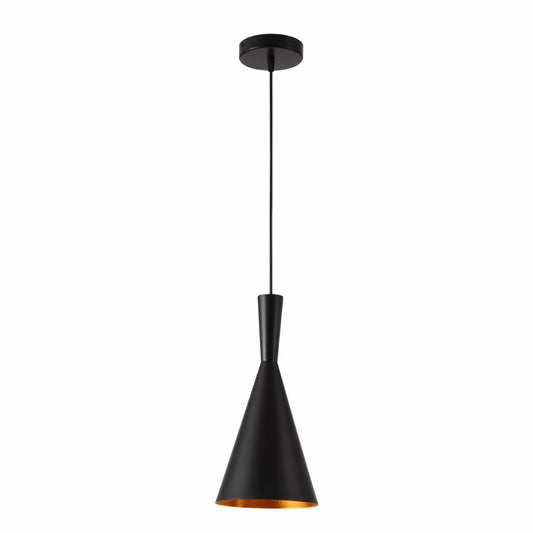
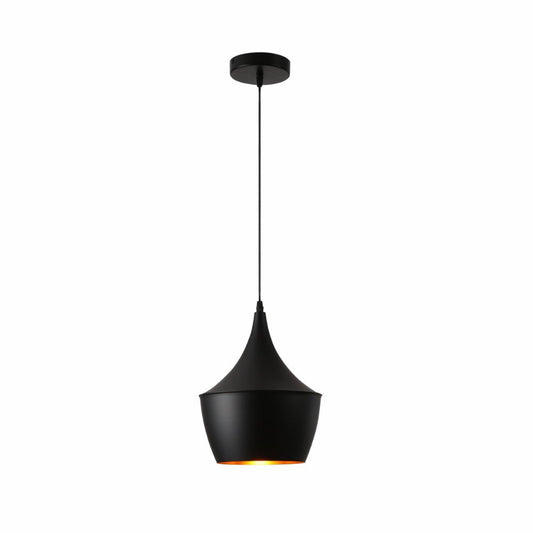 16% off
16% offPenn Cone Schoolhouse Orient Flat Black Gold Metal Pendant Ceiling Light E27
Regular price £31.43Sale price £31.43 Regular priceUnit price per£37.50In stockMore options
3 Styles -
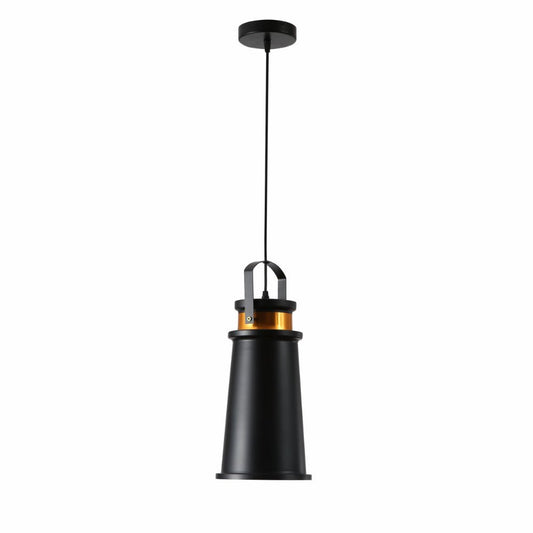
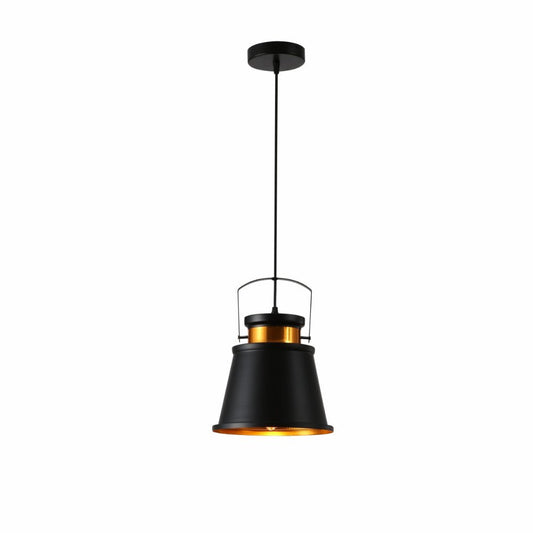 19% off
19% offLoft Cafe Bar Counter Exhibition Hall Pub Aisle Black Gold Funnel Handled Metal Pendant Ceiling Light
Regular price £39.52Sale price £39.52 Regular priceUnit price per£58.00In stockMore options
4 Sizes -
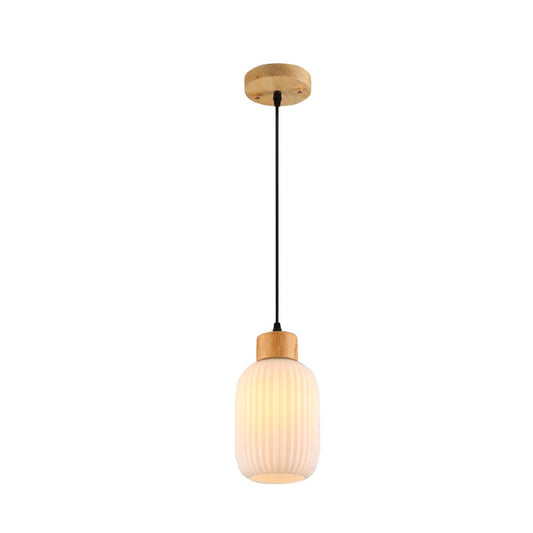
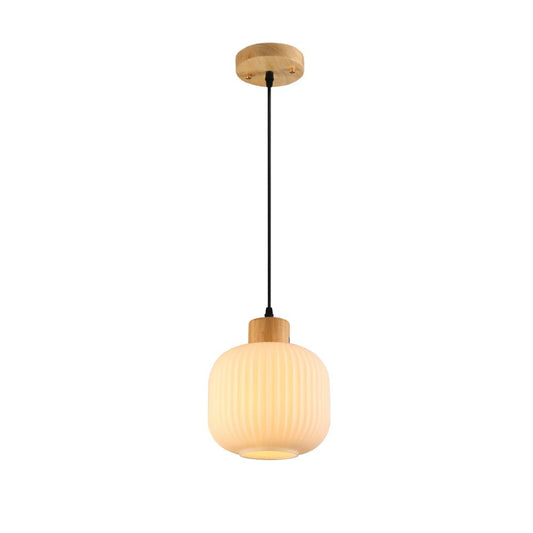 41% off
41% offSawyer Ribbed Fluted Reeded Maloto Lantern Opal Glass Pendant Ceiling Light E27 Wood Top
Regular price £27.01Sale price £27.01 Regular priceUnit price per£46.00In stockMore options
2 Sizes -
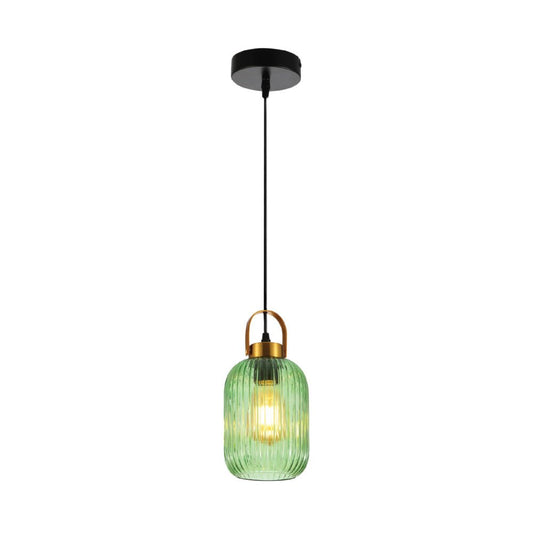
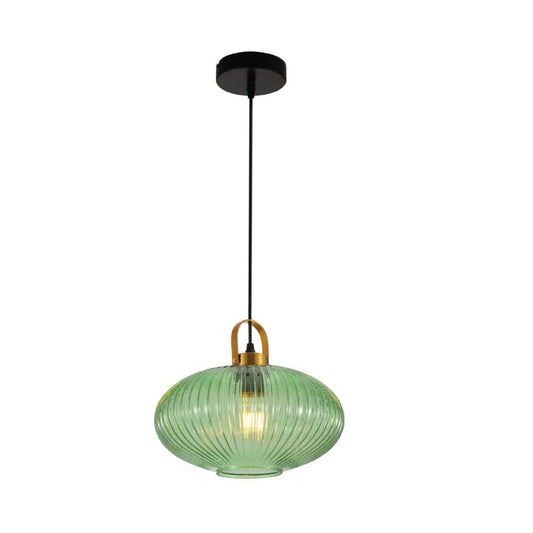 20% off
20% offSawyer Ribbed Fluted Reeded Maloto Lantern Green Glass Pendant Ceiling Light E27 Gold Handled
Regular price £47.19Sale price £47.19 Regular priceUnit price per£59.00In stockMore options
2 Sizes -
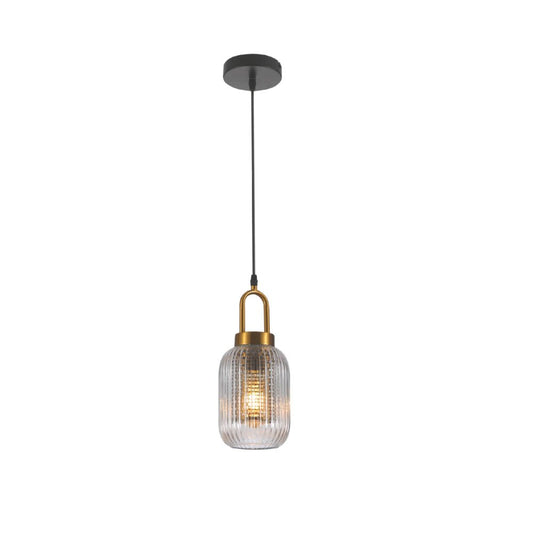
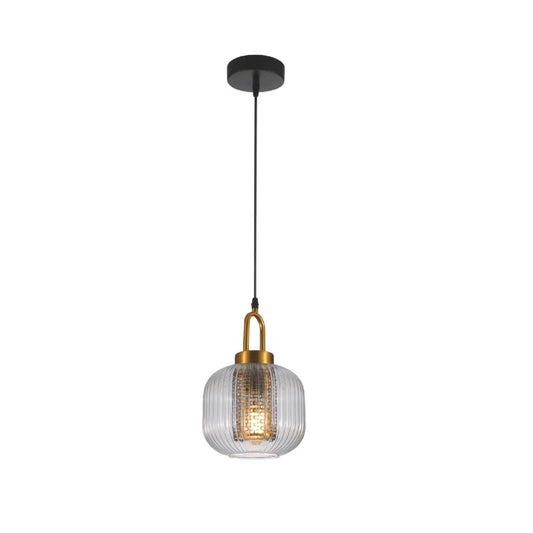 19% off
19% offSawyer Ribbed Fluted Reeded Maloto Lantern Clear Glass Pendant Ceiling Light E27 Gold Handled
Regular price £44.55Sale price £44.55 Regular priceUnit price per£55.00In stockMore options
2 Sizes -
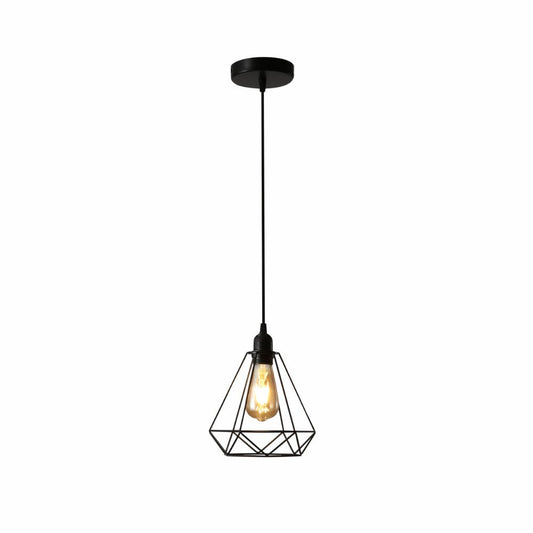
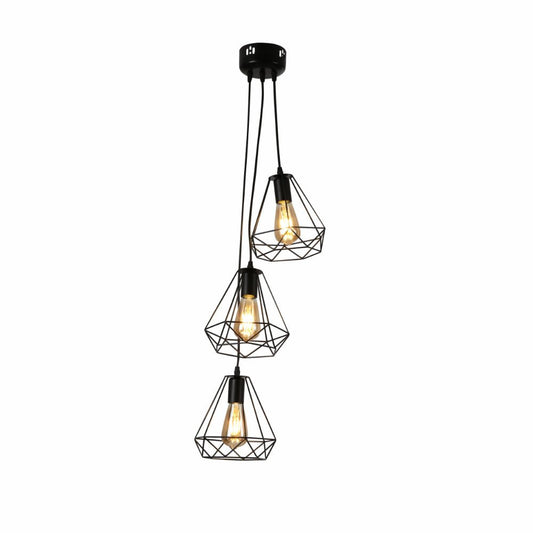 28% off
28% offBlack Metal Diamond Caged Funnel Pendant Ceiling Light E27
Regular price £15.28Sale price £15.28 Regular priceUnit price per£21.30In stockMore options
2 Sizes -
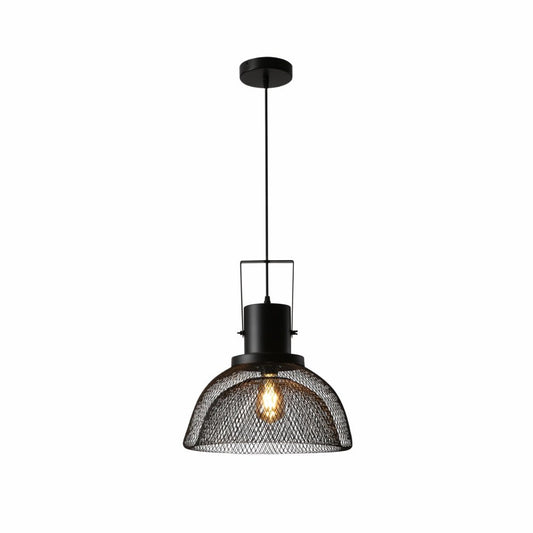
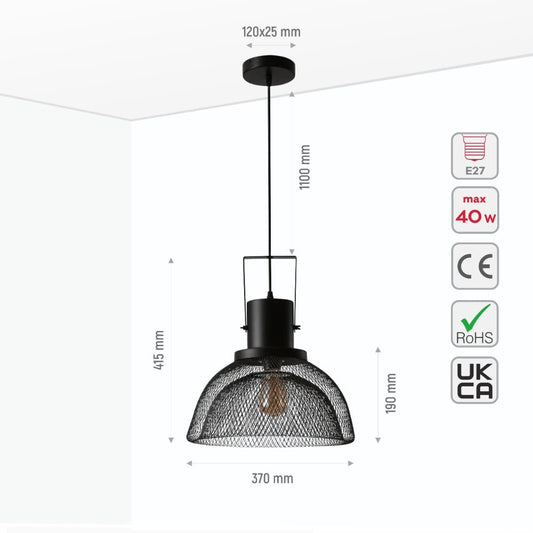 28% off
28% offIndustrial Double Mesh Caged Handled Dome Black Metal Pendant Ceiling Light E27
Regular price £47.34Sale price £47.34 Regular priceUnit price per£66.00In stock -
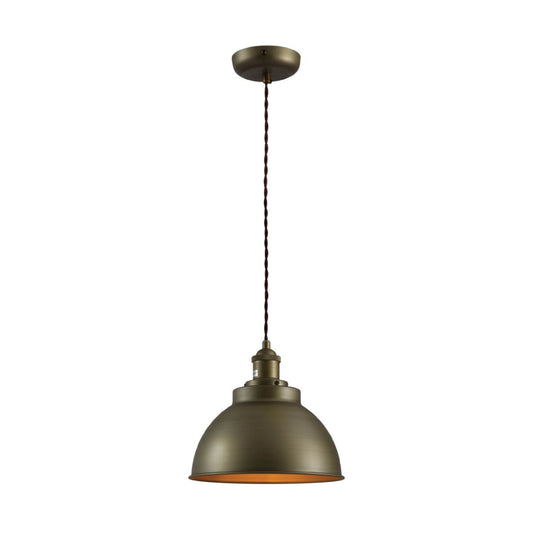
 38% off
38% offBrooklyn Vintage Metal Dome Pendant Light Pewter Copper Gold Brass E27
Regular price £49.22Sale price £49.22 Regular priceUnit price per£79.00Regular price £49.22Sale price £49.22 Regular priceUnit price per£91.00Regular price £83.88Sale price £83.88 Regular priceUnit price per£109.00Regular price £83.88Sale price £83.88 Regular priceUnit price per£113.00Regular price £123.47Sale price £123.47 Regular priceUnit price per£165.00In stockOut of stock In stock In stock In stock -
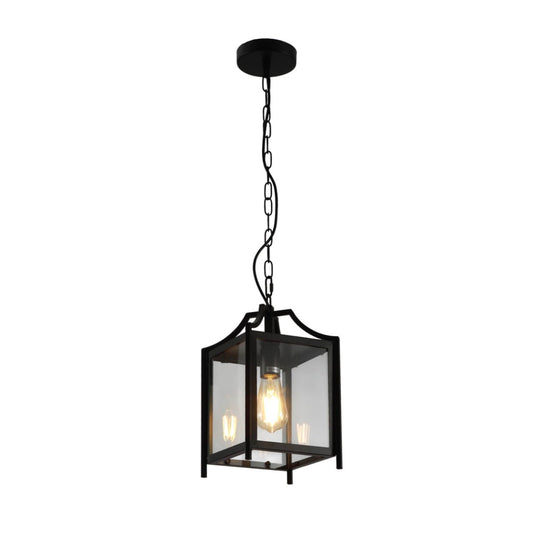
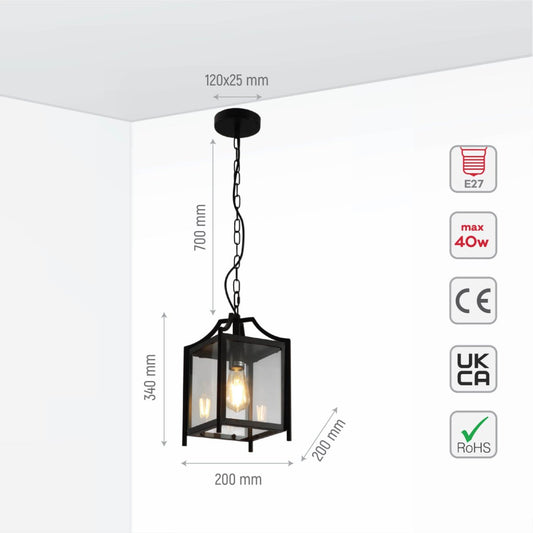 19% off
19% offCube Retro Traditional Lantern Pendant Ceiling Light E27
Regular price £63.32Sale price £63.32 Regular priceUnit price per£78.00In stock -
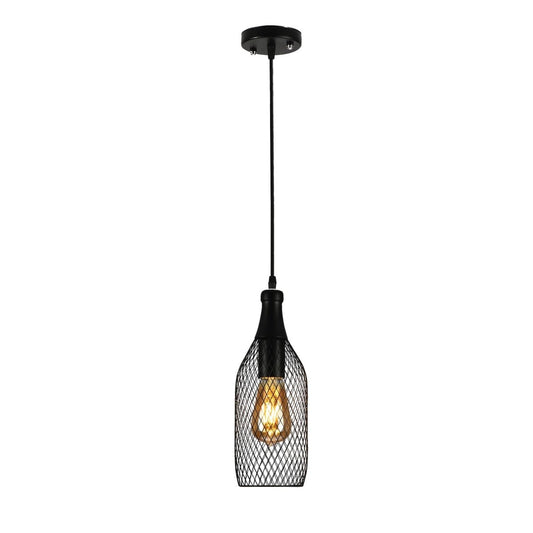
 23% off
23% offWire Mesh Industrial Dome Pendant Ceiling Light E27
Regular price £20.63Sale price £20.63 Regular priceUnit price per£34.00In stockMore options
4 Sizes -
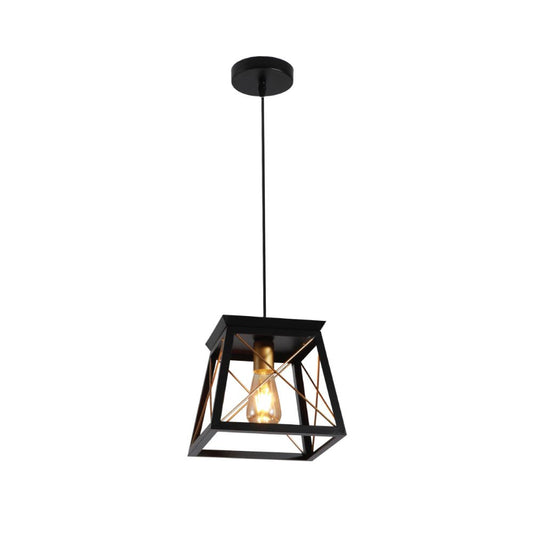
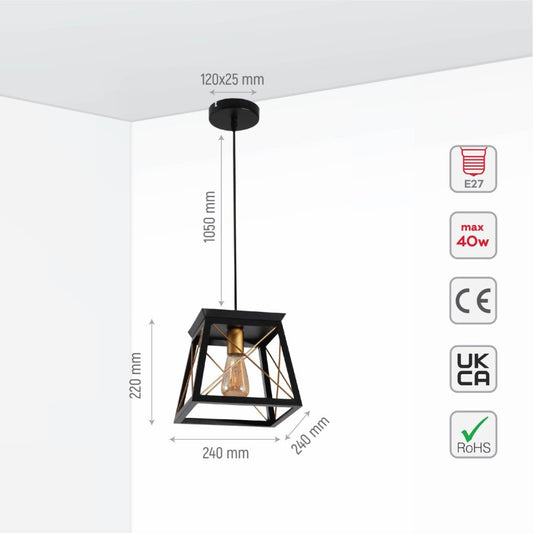 19% off
19% offBlack Gold Caged Industrial Retro Square Pendant Ceiling Light E27
Regular price £51.61Sale price £51.61 Regular priceUnit price per£64.00In stock -
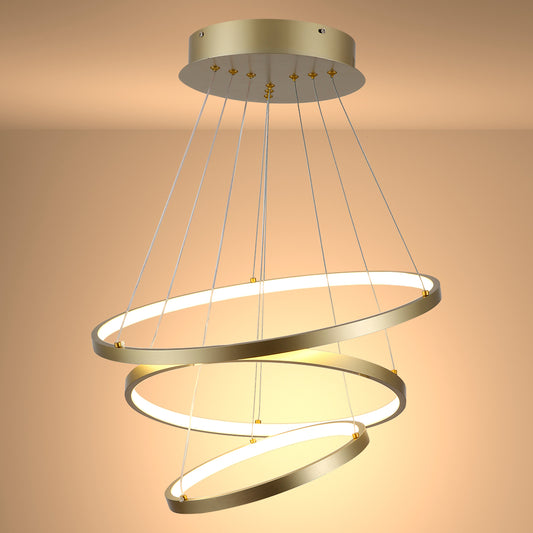
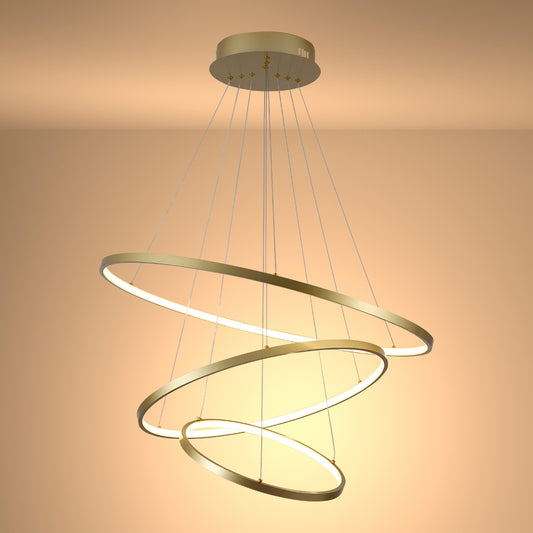 30% off
30% offLED Triple Circle Gold Finishing 4000K Natural Cool White Modern Contemporary Nordic Scandinavian Pendant Ceiling Light
Regular price £147.44Sale price £147.44 Regular priceUnit price per£210.00Low stockMore options
2 Sizes -
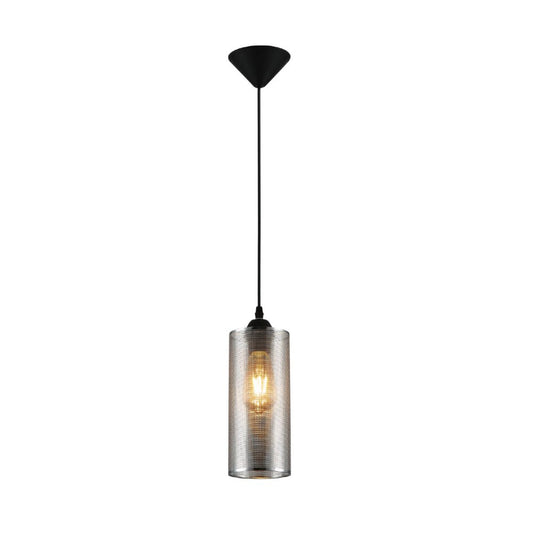
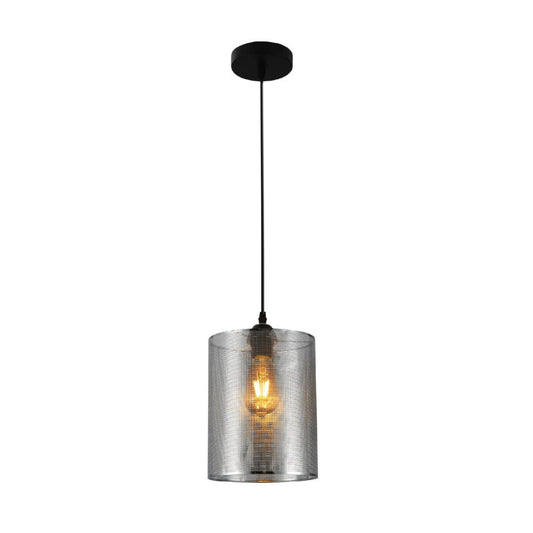 23% off
23% offSieve Chrome-Gold Cylinder Metal Pendant Ceiling Light D110 D195 E27 Fitting
Regular price £17.70Sale price £17.70 Regular priceUnit price per£23.10In stockMore options
2 Colours, 3 Sizes -
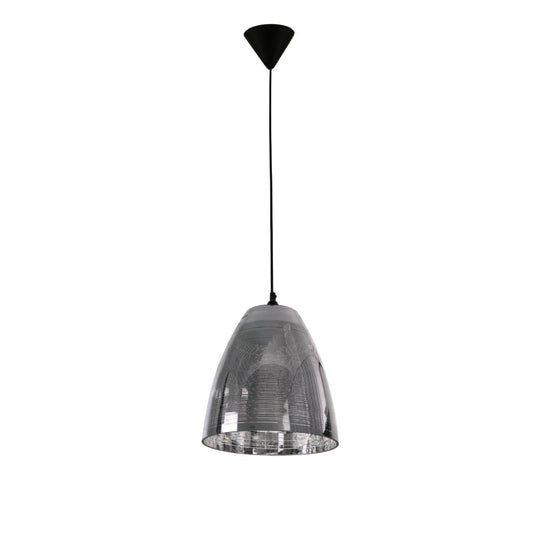
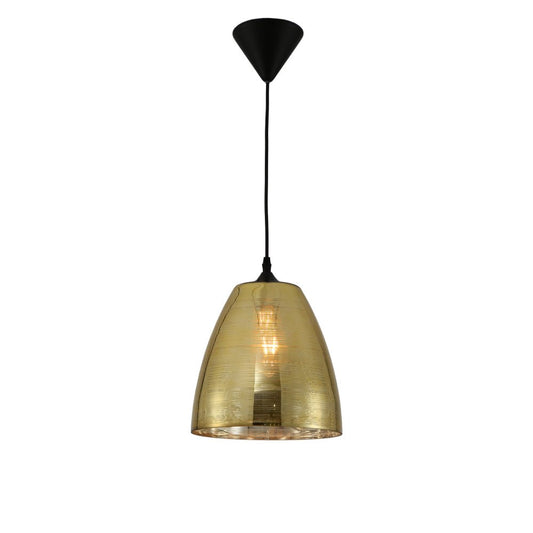 32% off
32% offJupiter Chrome-Gold-Copper Cone Glass Pendant Ceiling Light E27 Fitting
Regular price £44.52Sale price £44.52 Regular priceUnit price per£78.00Regular price £44.52Sale price £44.52 Regular priceUnit price per£83.00Regular price £44.52Sale price £44.52 Regular priceUnit price per£65.00Low stockLow stock Low stock -
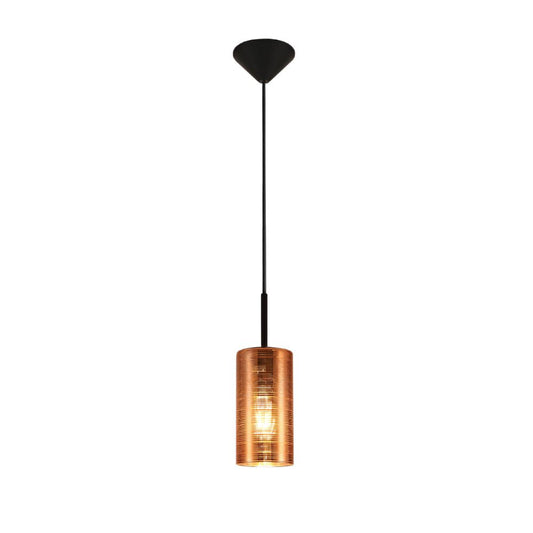
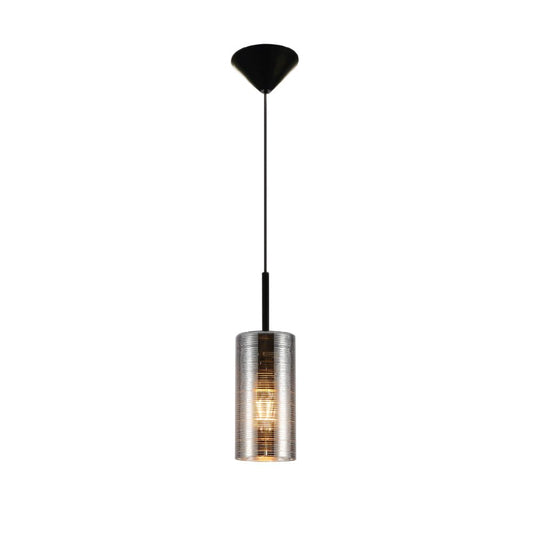 20% off
20% offJupiter Copper-Silver-Gold Cylinder Glass Pendant Ceiling Light E27 Fitting
Regular price £20.39Sale price £20.39 Regular priceUnit price per£26.20Regular price £20.39Sale price £20.39 Regular priceUnit price per£25.40Regular price £20.39Sale price £20.39 Regular priceUnit price per£26.20Low stockIn stock In stock
You’ve viewed 120 of 262 products
To help you choose the right product, we’ve answered some of the most common questions our customers ask:
What are pendant lights best for?
Pendant lights are ideal for adding style and a focal point to a room. They’re particularly well-suited to spaces with high ceilings, such as above dining tables or kitchen islands. Depending on their design, they can create a statement or provide subtle mood lighting.
How do I choose the right size pendant light?
Getting the size right is crucial. A pendant light that is too big will overpower the room, and one that’s too small will get lost. It helps to consider the size of the room itself and the height of the ceiling. You should also think about what the pendant light will be hanging over, whether it's a dining table, kitchen island, or something else.
What are the different types of pendant lights available?
Pendant lights come in all shapes and sizes, from sleek and modern designs to more traditional and ornate styles. You can also find pendant lights in different materials, colours and finishes, like glass, metal, or even wood. Have a look through our range and filter by style, colour and material to find the perfect pendant light for your home.














